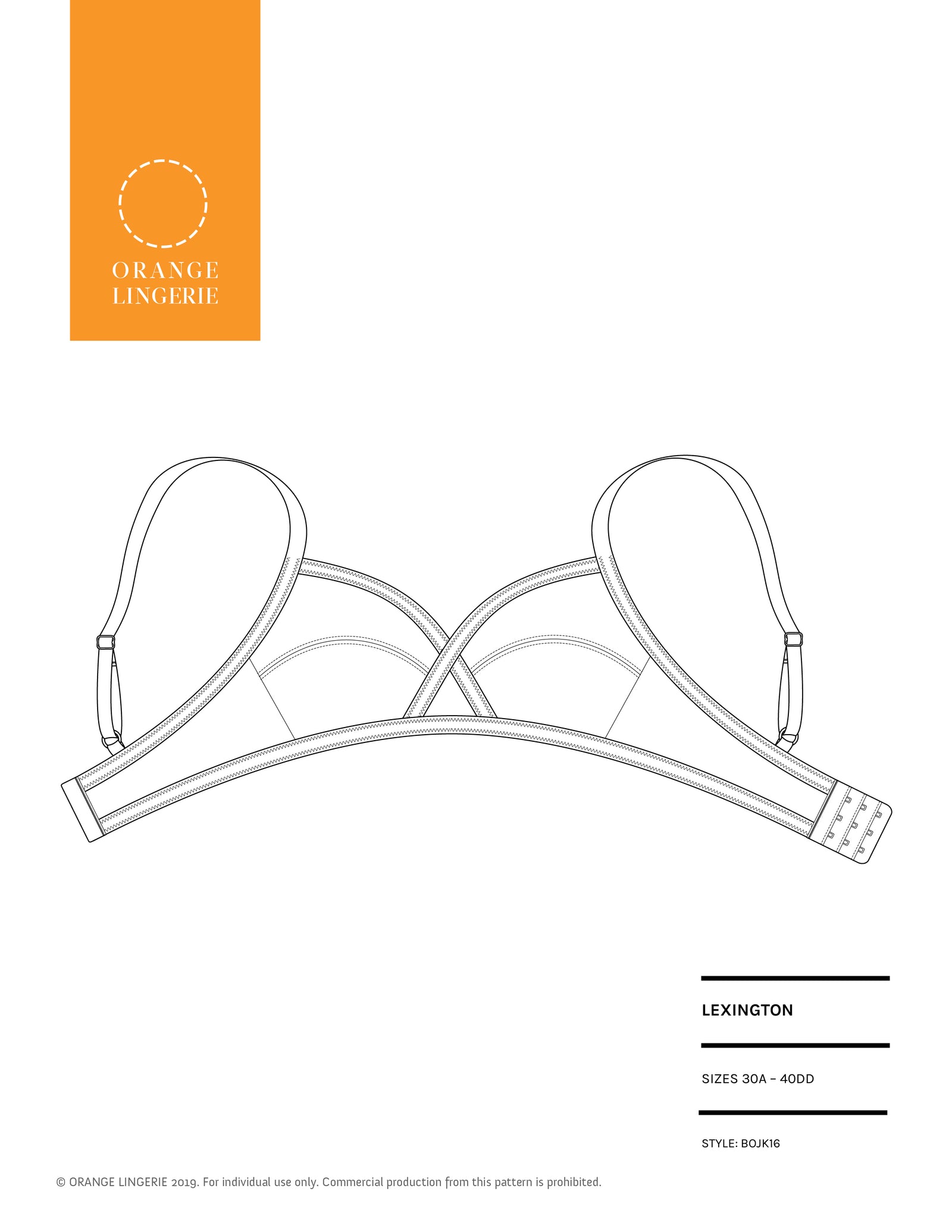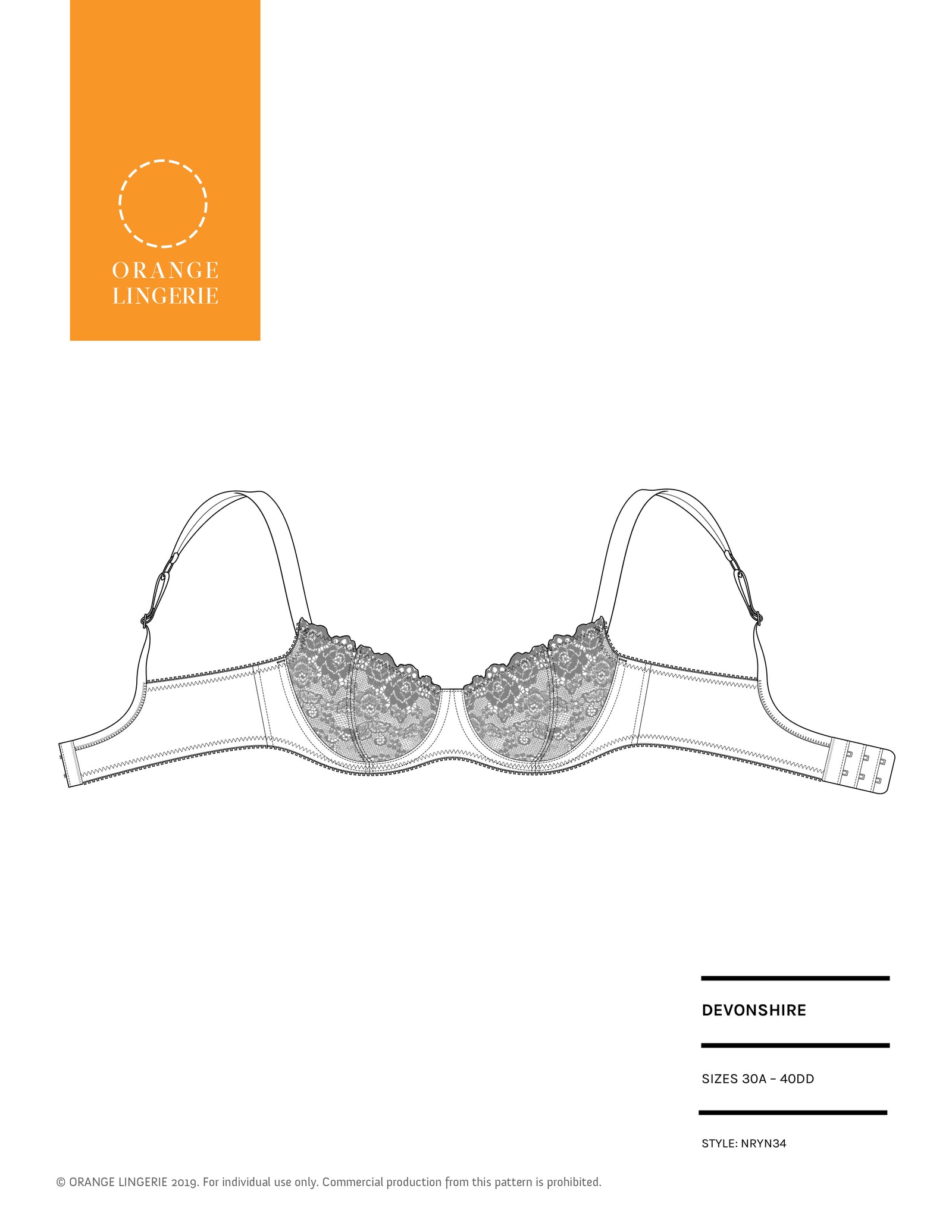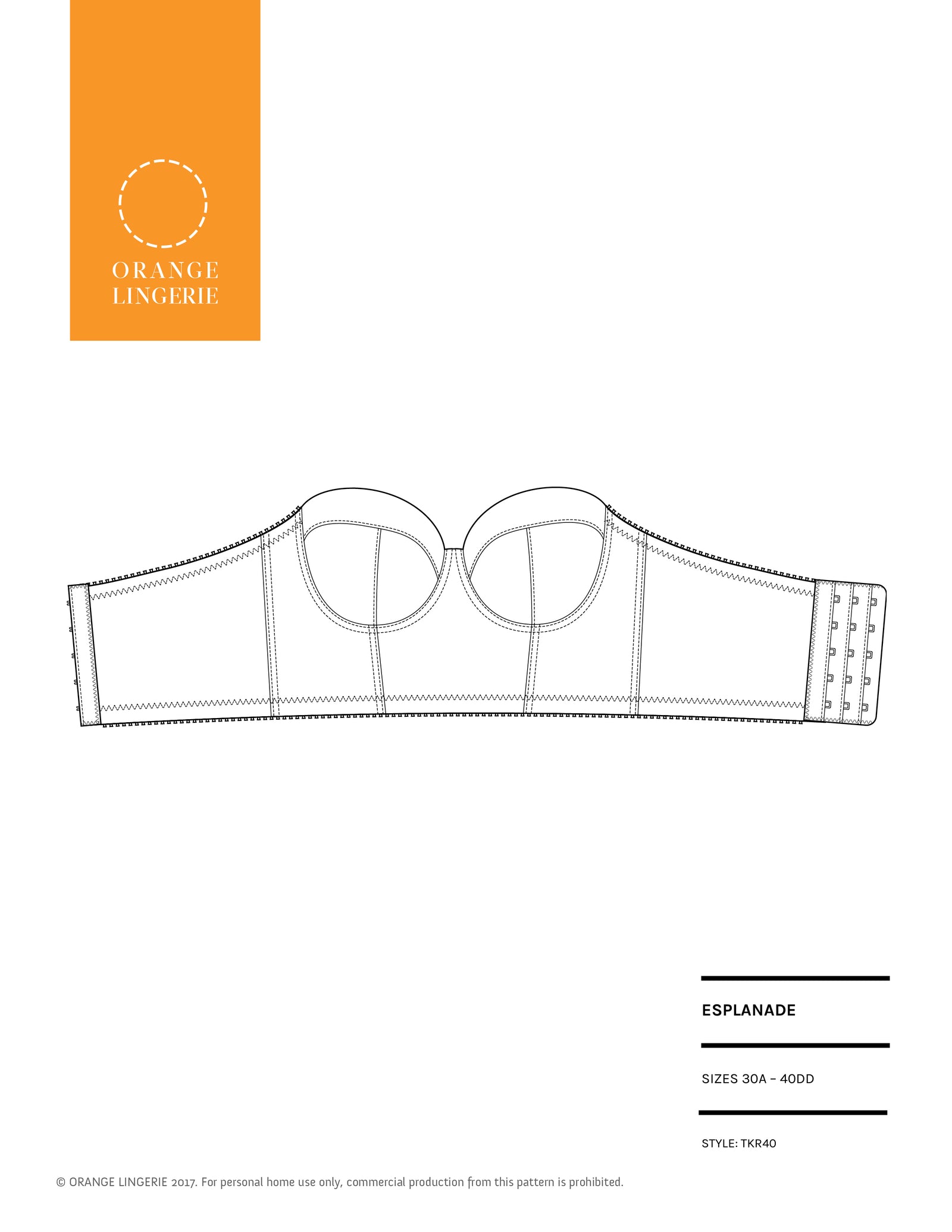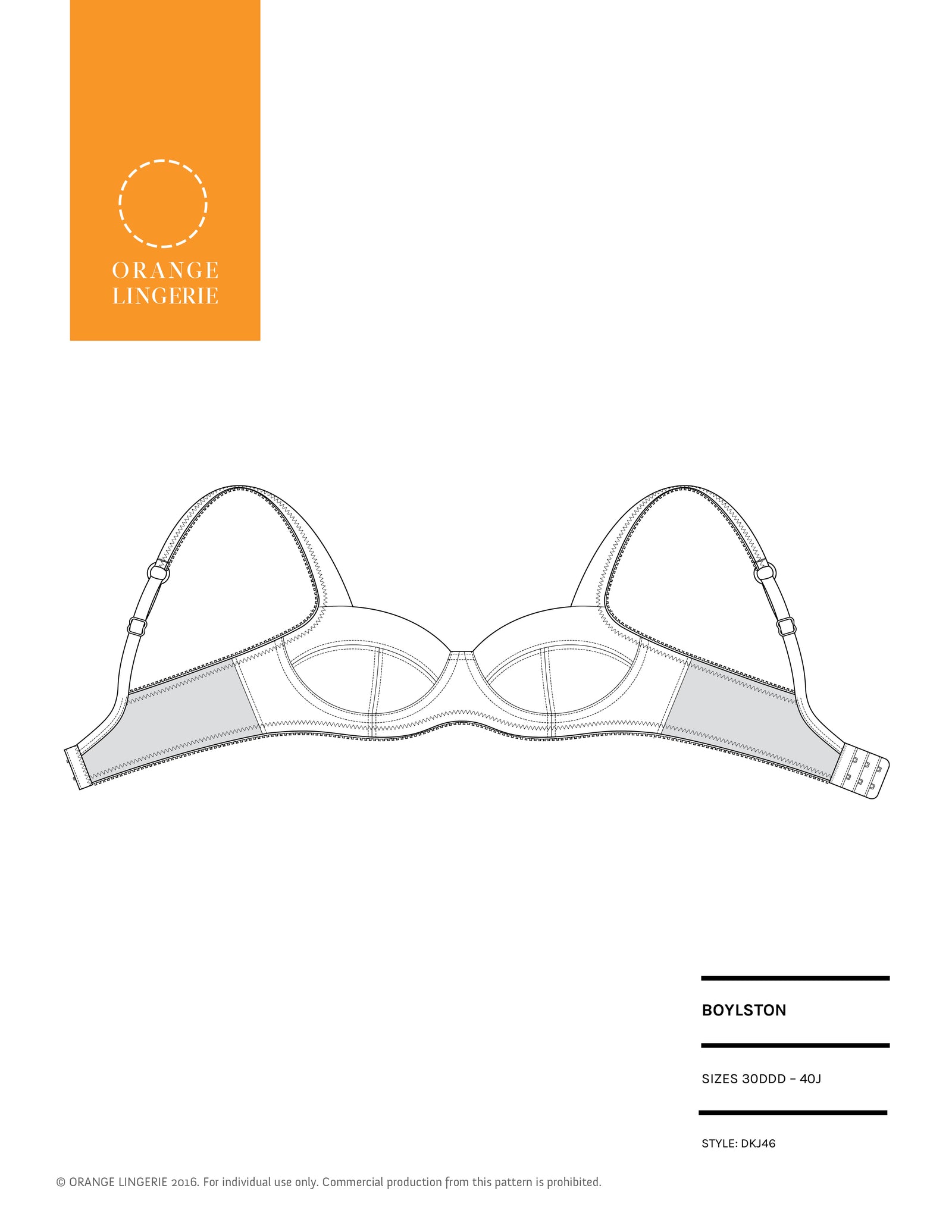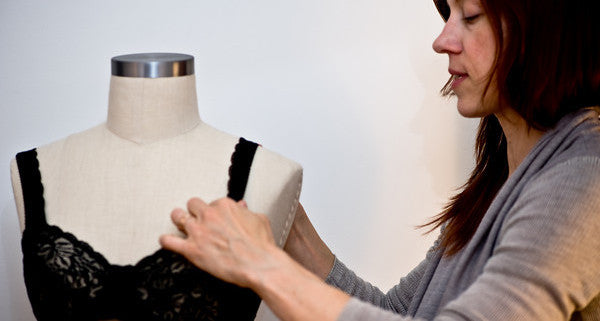
We all know what a great fitting bra feels like; the best ones are like an extension of your body, almost weightless, and unnoticeable. What makes a bra fit perfectly? It is actually a combination of things. At its simplest, the best fitting bra completely encapsulates the breast tissue, bringing it out from under the arm and off the rib cage so the breasts are lifted to a front facing position. It does all of this while lying flat against the body with no wrinkles or ripples – in the bra or on the body.
For a bra to achieve perfect fit as a whole, each part of the bra must do its job. So let’s take a look at each part of the bra and how it should fit.
(Note: it may be helpful to read Anatomy of a Bra before diving in here.)
Cups
The cups fully enclose the breast and are contoured to the individual wearer’s shape. Yes, there are degrees of coverage on the top of the breast, but the bottom portion of the cup must contain the breast entirely.
If the cups are too large, the breasts are not fully supported and will sag into the open spaces and the bra will look baggy. While this may be comfortable, the constant pull of gravity on the tissue surrounding the breasts leads to unattractive things in the future, not to mention what this does to the body’s overall profile right now. And there’s more bad news: ill fitting cups can also allow the apex of the breast to point outward rather than straight ahead, also unattractive.
If the cups are too small, in addition to discomfort, the bra will not lie flat on the body – it will be rippled and the wearer’s body may be too as it squeezes out from underneath the bra.
Bridge
The bridge spans the space between the breasts, lying flat against the body and putting the cups and underwires in precise position to hold and support the breasts. If the bridge is too wide, the cups are too far apart and the bra will stand away from the body, creating a sort of uni-cup that does not hold or support the breasts effectively. On the other hand, if the bridge is too small, the breasts are pinched together. The bridge is so important to the overall fit of the bra that a major part of my measurement process is spent on determining the bridge shape and size.
Band
From my Anatomy of a Bra post, you now know that the band of a bra is key to supporting the breasts. If the band is not wide enough to handle the pressure from supporting the breasts there are two ill effects. The first effect is that the job of supporting the breasts will be transferred to the straps, which can cause shoulder and even arm pain. The second effect is that the torso will flare out over the top of the band, which is an unattractive profile, even under clothing. While fashion bras almost universally have small bra bands, only small the small breasted can make do with one. Most women require a larger band to support their breasts.
The band should not be too tight or too loose but it should be snug. If the band is too loose, the bra can move around which usually means the breasts pull the back of the band up as they sag down in front. This may be comfortable, but the bra is clearly not doing its job. A band that is too tight will be uncomfortable and will pull the entire bra too tightly against the body leading to the body protruding around the bra.
Wires
The wires sit directly under the breasts, against the body and match the diameter of the breasts. This fit allows the wires to do their job of spreading the stress of breast support into the band. If wires are too small, they will dig into the breast tissue which is painful. If they are too large, they will dig into the body. If the wires don’t fit correctly, they can also shift and twist. As you can imagine, ill fitting wires make for a long, uncomfortable day.
Because wires only made in a few lengths with a standard curve, it is difficult to find a good match off the rack. For my clients, I cut the wires to the proper size and reshape them as necessary to match client dimensions.
Straps
Ideally bra straps should extend in a line from just outside the apex of the breast toward the mid point of the shoulder, however, many women prefer to wear their straps further out on the shoulder. So long as the back band is parallel to the floor and the bra cups are at the correct height for the wearer, this is not a problem.
Straps should not slide, move around or dig in to the shoulder or anywhere else. The wearer should barely notice they are there. If the straps dig into the shoulders, beyond the pain, over time a permanent divot can develop in that area.
As I mentioned in an earlier post, straps don’t support the breasts – they just maintain the position of the band and cups. This is why a properly crafted strapless bra can do all the work of a well-fitting regular bra, but the strapless bra has to fit impeccably.
As you probably knew even before you read this, the best fitting bra is very hard to find. Every body is different and manufacturers only produce bras in a limited range of sellable sizes scaled from a single fit model. This is precisely why I became so interested in making custom bras. I believe the only way to get a bra that truly fits and supports is to have one made for your unique body.
